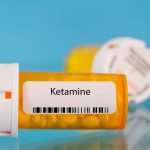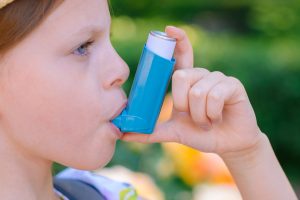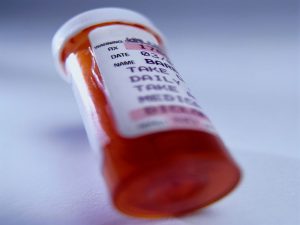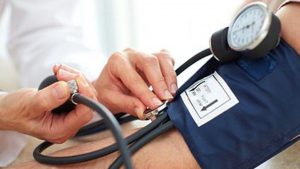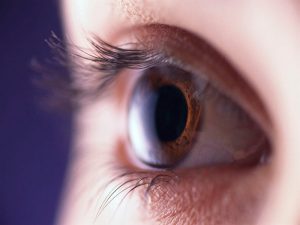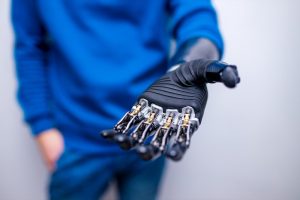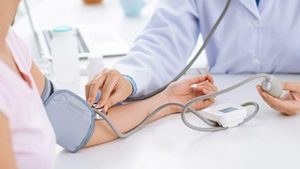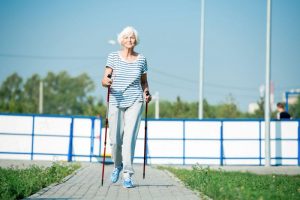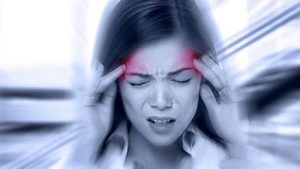
Millions of older Americans may be unaware they have memory and thinking impairments — mostly because their doctors aren’t diagnosing them, new research suggests. After analyzing Medicare data covering 40 million older Americans, researchers found that only a small percentage of expected cases of mild cognitive impairment (MCI) were actually diagnosed. The upshot was that more than 7 million cases went undetected. Mild cognitive impairment refers to problems with memory, judgment, language and other mental skills that are not disabling, but go beyond the occasional slips that are expected with age. MCI may turn up as forgotten appointments, regularly misplacing things, trouble following the plot of a book or movie, or difficulty navigating well-known places. Some older adults with MCI eventually develop Alzheimer’s — around 10% per year, according to the Alzheimer’s Association. But more often, MCI has other, often reversible causes, said Dr. Saket Saxena, a geriatrician at the Cleveland Clinic who was not involved in the new research. Those causes run the gamut, Saxena said — including medication side effects, low thyroid hormone, depression, untreated sleep apnea, uncontrolled health conditions like diabetes, mobility limitations and social isolation. “It is not a foregone conclusion that you’re going to develop dementia,” said senior study author Soeren Mattke, director of the Brain Health Observatory at the University of Southern California in Los Angeles. And the fact that MCI has… read on > read on >











